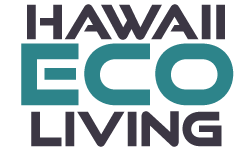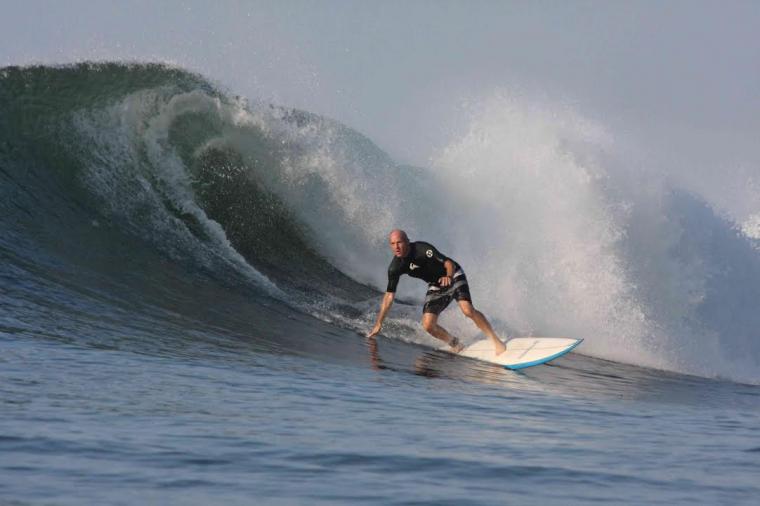Like many athletes, surfers — and the manufacturers who produce their expensive boards — are very particular about their equipment.
Even minute details can make or break the next wave, which has led to quite a conundrum for the stereotypically-green surf culture.
Lots of professional surfers, manufacturers and industry nonprofits preach ocean conservation and organize beach clean-ups, but day to day the surfboard industry remains reliant on unsustainable materials laden with carcinogens and petroleum byproducts.
Sure, a few environmentally-minded groups have attempted to develop soy-based oils or other alternatives for foam surfboard cores, known as blanks, but the results have been less than stellar. Inconsistent supply chains, not-quite-right material densities and ugly discolorations have made prototypes far from commercially viable.
“The soy looked dingy on the racks. It looked like it was sitting in the sun for a few months,” said José Ignacio Lozano, CEO of surfboard blank company Arctic Foam. “The oils being used were also coming up with some pretty soft foam — we didn’t think that was ultimately going to be what would marry oils from sustainable source with high performance.”
Those sorts of shortcomings, whether aesthetic or performance-based, aren't an option for Arctic Foam, since the Southern California company's blanks will be shaped into boards for some of the world's best professional surfers.
Read more: Have surfers discovered the future of sustainable design? | GreenBiz

